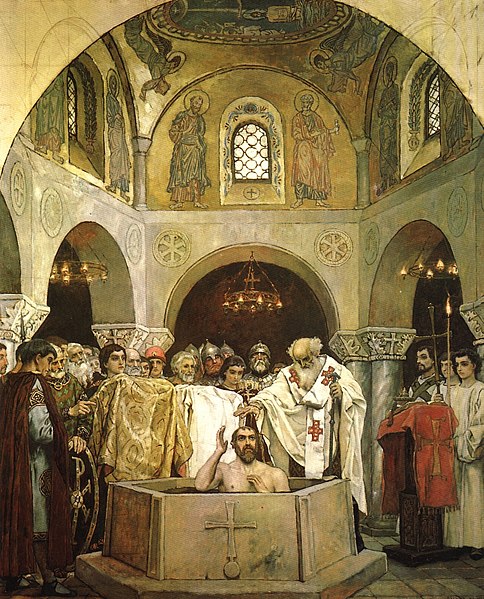The latest in Japan: fake Christian weddings. You have to see the video to believe it.
1. Can these "weddings" be valid even in the eyes of the state, since they are apparently not being presided over by accredited ministers of any stripe?
2. Re the "evangelical pastor" who rationalizes profiteering off this craze by claiming that it is "spreading the Gospel": was Jesus only kidding when He said He was the way, the TRUTH and the life? Didn't He warn His disciples that without Him, we can do nothing? That He is the vine, and we are the branches, and the only way for us to bear fruit is to remain in Him?
3. Do not the people of Japan have reverence for their ancestors? If so, is there a sense in which their use of fake Christian trappings is not an insult to those of their forebears who persevered in their faithfulness to the substance of Christianity -- even through persecutions that left them without a single priest for two centuries?
4. If those who are offered a choice between diamonds of the first water and rhinestones go for the rhinestones, is there a sense in which they are not nuts?
H/T Major Paul, OPL via The Redoubtable One.



